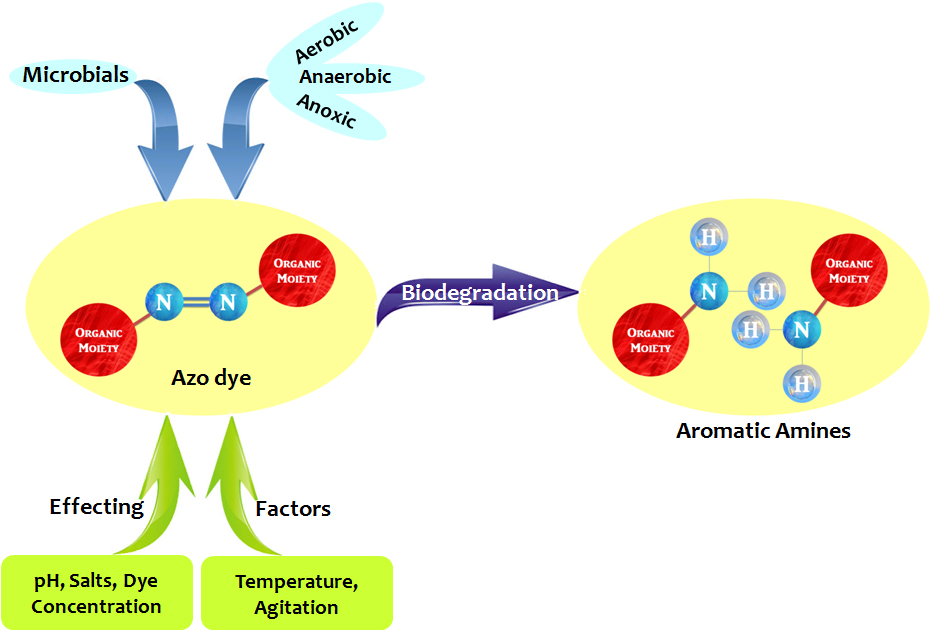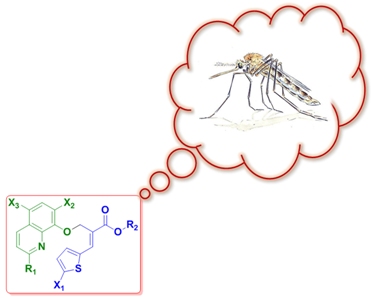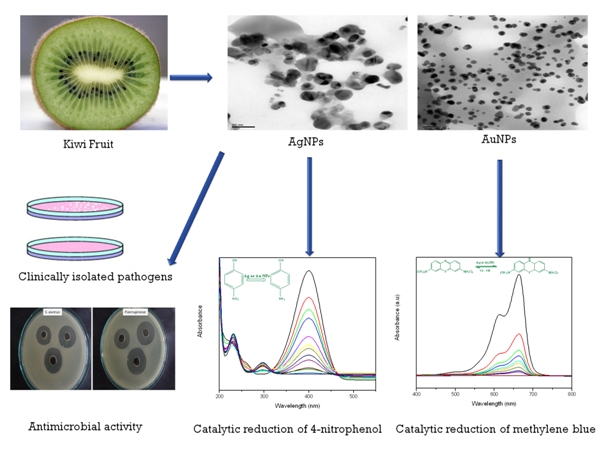Issue 1 (January-March) 5
Microbial Decolorization of Azo Dyes ̶ A Mini Review
Thursday, 19 January 2017 23:47 Author(s): A. S. Arun Prasad, Gaurav Kumar and Derin Mary ThomasBull. Chem. Pharma Res., 2017, 1(1), 30–39.
Abstract: The continuous development of industries has resulted in the increase of wastewater leading to consequential decline in levels and quality of natural water in the ecosystem. The textile industries have increased in many of the countries and have shown a significant increase in the use of synthetic complex organic dyes as colouring material. Release of waste waters from the textile industries is a problem in many parts of the world especially the discharge of coloured effluents into the environment is undesirable as many of the dyes and their breakdown products are toxic or mutagenic. Azo dyes are commonly used in textile industries and due to their complex structure they are highly persistent in natural environments. Most of the physicochemical dye removal methods generally used for effluent treatment have many limitations. The treatment of textile dyeing wastewaters has become a challenging task. Microbial decolorization and metabolism of azo dyes has long been known and bioremediation technology has attracted interest. This review paper discusses the abilities of diverse categories of microorganisms (bacteria, yeasts and fungi) in decolorizing and degrading structurally different azo dyes under varying physiochemical conditions. This review also discusses different conditions for azo dye decolorization (aerobic, anaerobic and anoxic) and the various mechanisms adopted by the microbes for metabolism of azo dyes.

Novel Thienyl Acrylates Bearing Different Heterocyclic Moieties and Their Larvicidal Activity
Monday, 16 January 2017 23:46 Author(s): Anand Sivadas, Noormohamed Abdulmalik and Narayanan SubbarayaBull. Chem. Pharma Res., 2017, 1(1), 25–29.
Abstract: Several substituted thienyl acrylates have been prepared from substituted thiophene-2-carboxaldehyde, methyl acrylate and various hydroxyl heterocyclic compounds via Baylis-Hillman reaction. Structures of the synthesized thienyl acrylates were confirmed by the spectral characterization using analytical methods FT-IR, 1H NMR, 13C NMR and mass. A particular series of thienyl acrylates containing different quinoline heterocyclic moieties were examined for their Larvicidal activity against the second and fourth instar larvae of Culex quinquefasciatus and Aedes aegypti.

Abstract HTML Full Text PDF SI
Telmisartan - Antihypertensive Drug: A Short Review on Synthetic Methods
Monday, 09 January 2017 23:45 Author(s): K. Venkatesan, P. V. V. Mohanarao and V. S. V. SatyanarayanaBull. Chem. Pharma Res., 2017, 1(1), 15–24.
Abstract: Telmisartan is a potent antagonist of the angiotensin II type-1 (AT1) receptor that is used for the treatment of essential hypertension. It selectively inhibits stimulation of the AT1 receptor without affecting other receptor systems involved in cardiovascular system. This review describes the different synthetic routes followed for the total synthesis of Telmisartan which will be useful for the researchers to find several literature reported synthetic methods in one place who intended to develop a new eco-friendly and cost-effective method in industrial scale.

Abstract HTML Full Text PDF SI
Ag and Au Nanoparticles: Green Synthesis, Catalytic and Bacterial Activity Studies
Thursday, 05 January 2017 23:42 Author(s): Saraschandra Naraginti and A. SivakumarBull. Chem. Pharma Res., 2017, 1(1), 7–14.
Abstract: A rapid one step green synthetic method using kiwi fruit extract was employed for preparation of silver and gold nanoparticles. The synthesized nanoparticles were successfully used as green catalysts for the reduction of 4-nitrophenol (4-NP) and methylene blue (MB). They also exhibited excellent antimicrobial activity against clinically isolated Pseudomonas aeruginosa and Staphylococcus aureus. It was noticed that with increase in concentration of the aqueous silver and gold solutions, particle size of the silver and gold nanoparticles showed increase as evidenced from UV-Visible spectroscopy and TEM micrograph. The method employed for the synthesis required only a few minutes for more than 90% formation of nanoparticles when the temperature was raised to 80 °C. It was also noticed that the catalytic activity of nanoparticles depends upon the size of the particles. These nanoparticles were observed to be crystalline from the clear lattice fringes in the transmission electron microscopic (TEM) images, bright circular spots in the selected area electron diffraction (SAED) pattern and peaks in the X-ray diffraction (XRD) pattern. The Fourier-transform infrared (FTIR) spectrum indicated the presence of different functional groups in the biomolecule capping the nanoparticles.

Abstract HTML Full Text PDF SI
Direct Orange 26 - Azo Dye: Decolorization and Degradation by Bacillus mojavensis ABR
Monday, 02 January 2017 23:39 Author(s): Derin Mary Thomas and A. S. Arun PrasadBull. Chem. Pharma Res., 2017, 1(1), 1–6.
Abstract: The potential of the bacterial strain surviving in the harsh conditions of the textile effluents was tested to decolorize and degrade the structurally complex azo dye. The bacterium Bacillus mojavensis strain ABR isolated from the textile effluent was evaluated in decolorizing the azo dye Direct Orange 26 (DO-6). 100 mgl-1 of DO-26 was decolorized with 95% efficiency within 6 hrs at pH 7 and 37°C with 5% NaCl under static conditions in decolorizing medium. Decrease in absorbance at 493 nm (λmax) was periodically evaluated using UV-Vis spectrophotometer to check the decolorization. HPLC showed the formation of metabolites at different retention times indicating degradation of DO-26 which was further confirmed by LC-MS. The less toxic nature of the DO-26 degraded metabolites was confirmed by the phytotoxicity test on seeds of Vigna mungo, Sorghum bicolor and Vigna radiata.

Abstract HTML Full Text PDF SI

